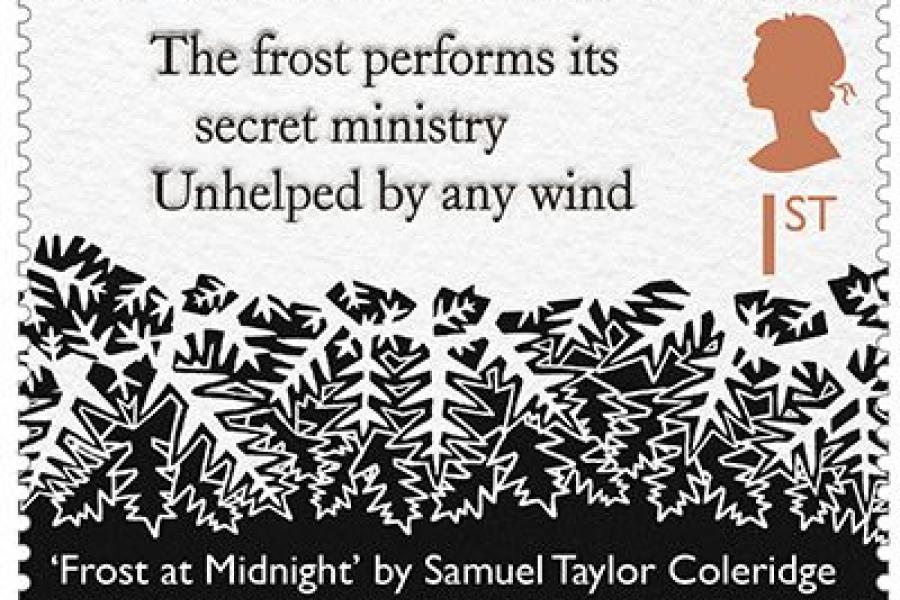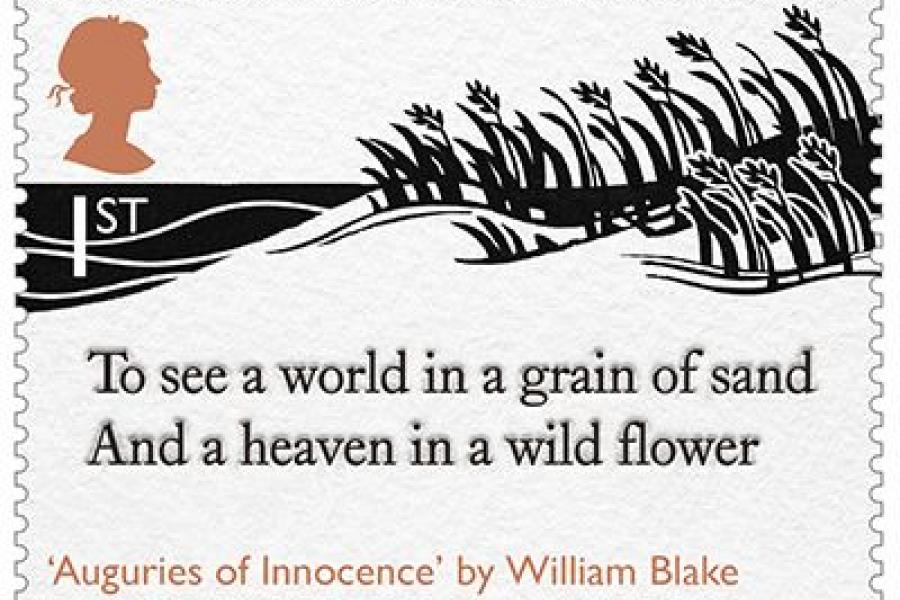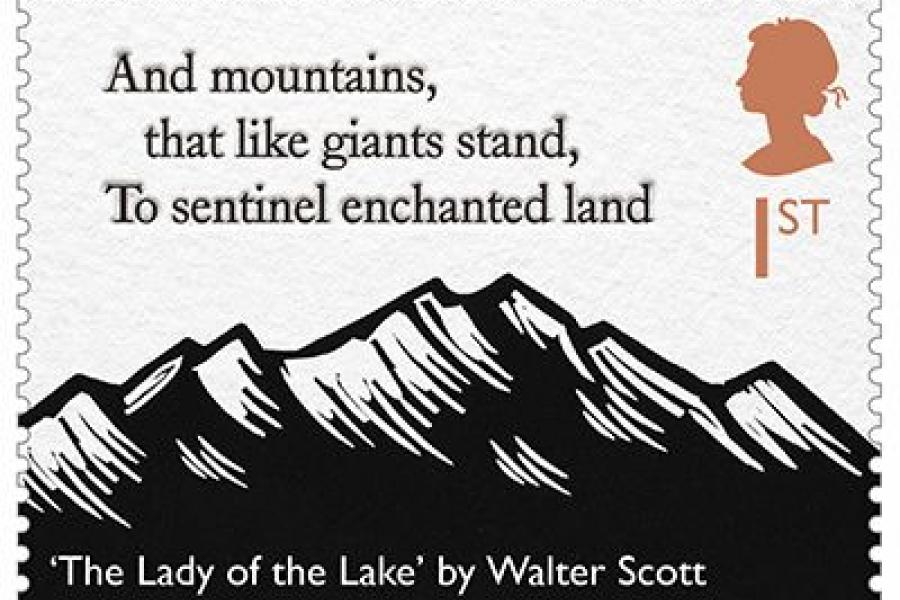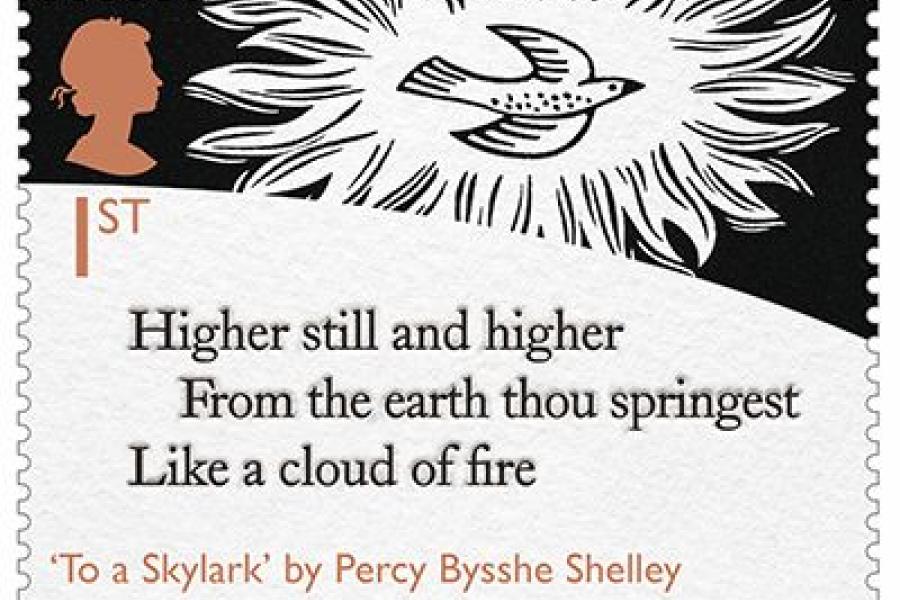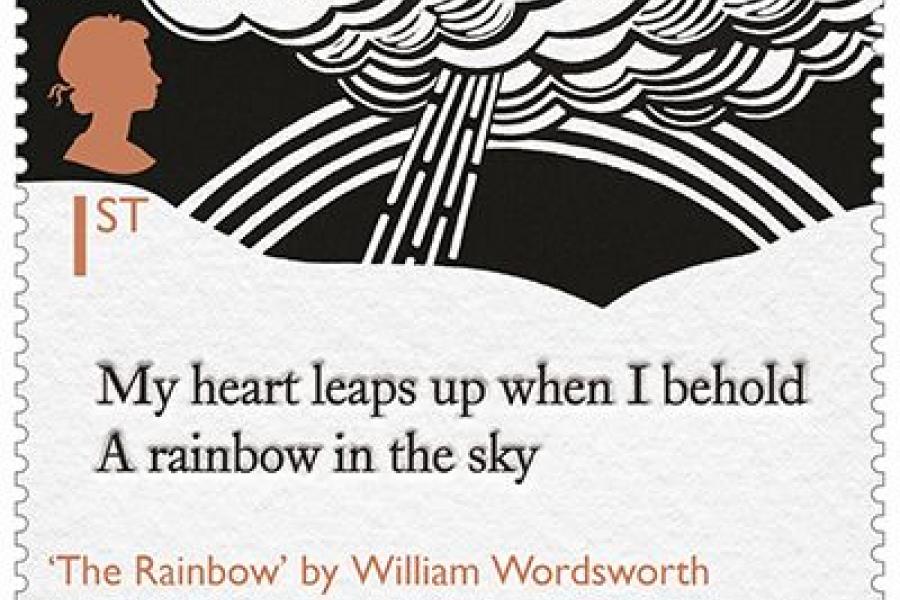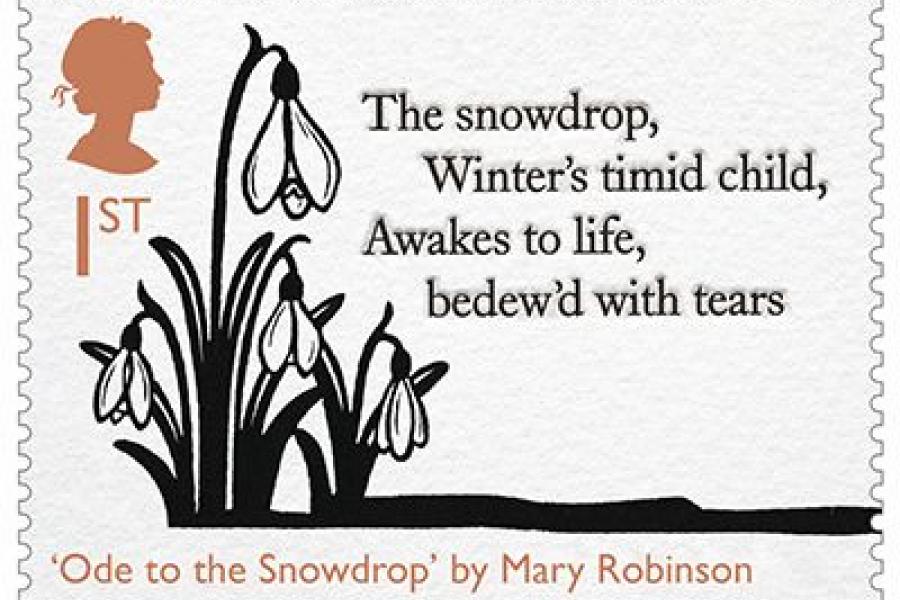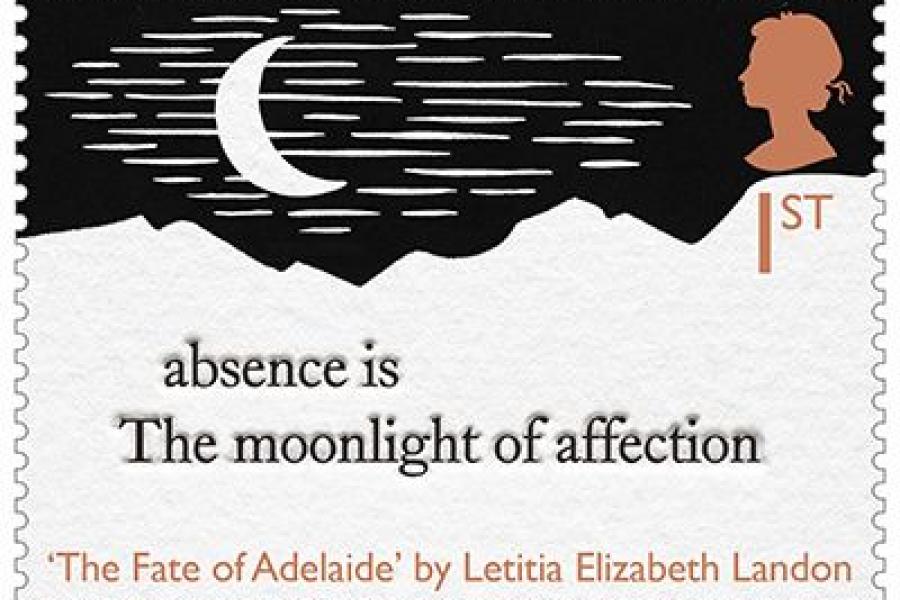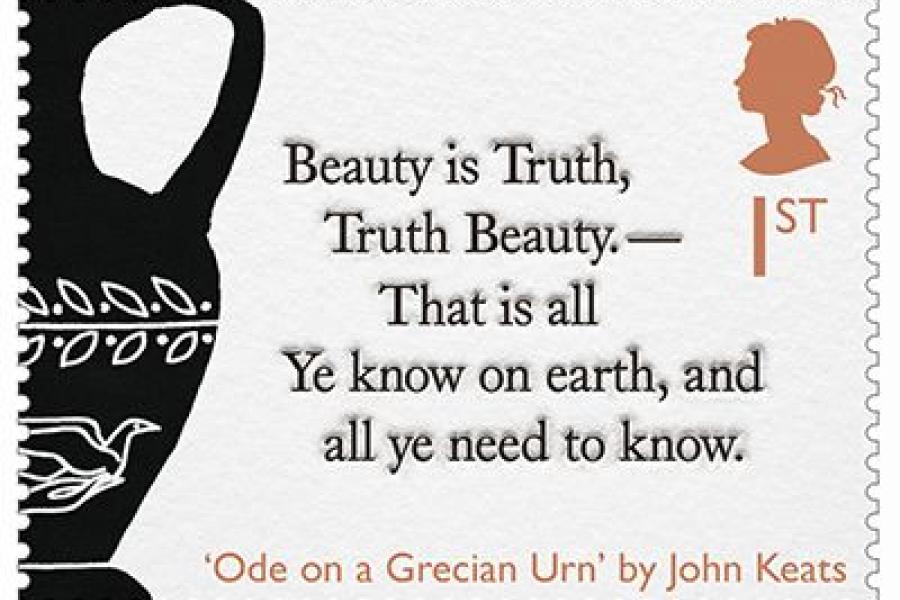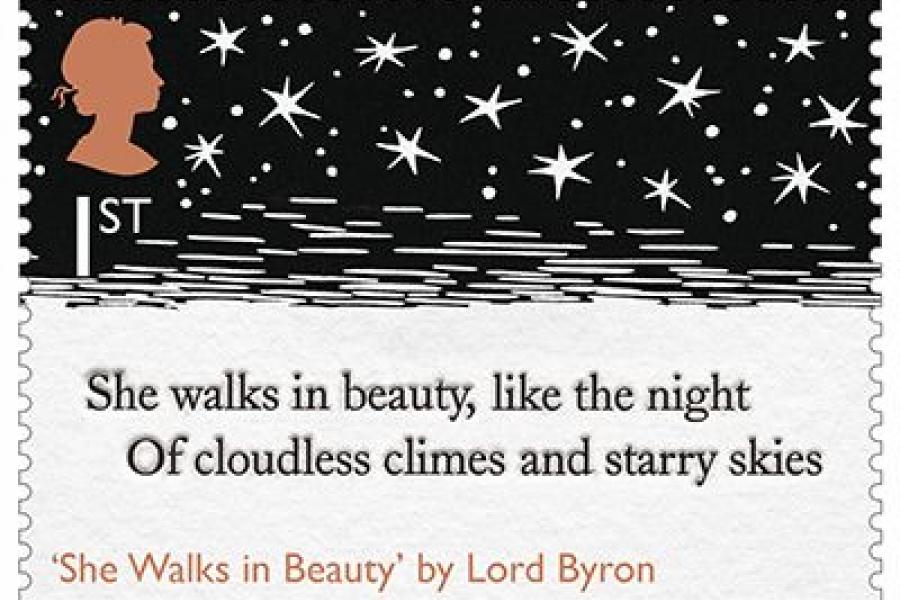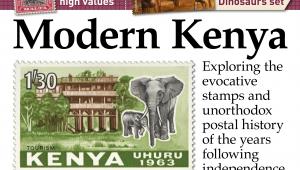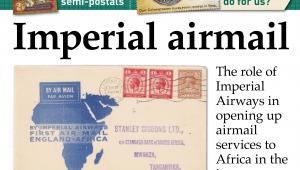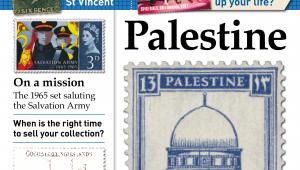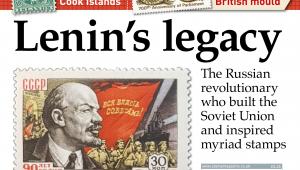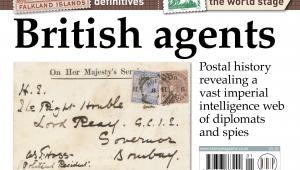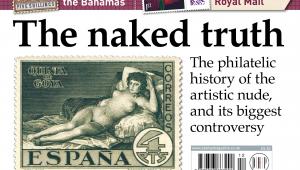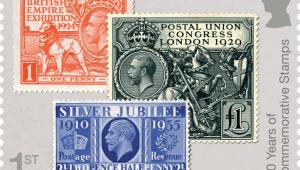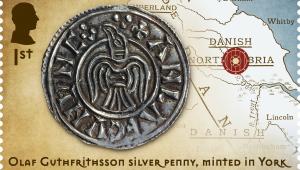Romantic Poets
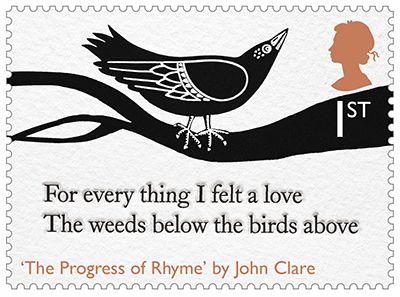
Royal Mail is celebrating The Romantic Poets with a set of 10 stamps issued on April 7, the 250th anniversary of the birth of William Wordsworth.
Romanticism is the name given to the cultural movement of the late 18th and early 19th centuries, taking comfort in nature during a time of political and industrial revolution. The Romantic poets cherished lakes and mountains, birdsong and flowers, rainbows and starry skies, as beautiful constants in times of stress and change.
Wordsworth is widely regarded as having launched the Romantic era of British literature, and remains one of the UK’s most popular poets. He was made Poet Laureate by Queen Victoria.
Each of the stamps has a monochrome image, in almost every case a natural scene, accompanying selected lines from a specific poem. Designed by The Chase, the stamps were printed in litho by International Security Printers in sheets of 50, and are available in two se-tenant strips of five.
1st class The Progress of Rhyme
This long poem by John Clare (1793-1864), the ‘peasant poet’ of Northamptonshire, relates how poetry and nature inspired and consoled him as he laboured in the countryside.
1st class Frost at Midnight
This conversational poem by Samuel Taylor Coleridge (1772-1834) regrets his urban childhood and unhappiness at school and hopes his son can be a child of nature.
1st class Auguries of Innocence
Unpublished until long after his death, this moralising poem by William Blake (1757-1827) contrasts innocence with evil, not least crimes against nature.
1st class The Lady of the Lake
This narrative poem by Sir Walter Scott (1771-1832), set in the Trossachs, is credited with inspiring generations of tourists to discover the rugged beauty of the Highlands of Scotland.
1st class To A Skylark
Inspired by an evening walk in the countryside, this poem by Percy Bysshe Shelley (1792-1822) celebrates this particular bird as a metaphor for all that is good in nature, and lauds its song for surpassing anything a human poet can achieve.
1st class The Rainbow
This short and simple poem by William Wordsworth (1770-1850) notes his delight at the sight of a rainbow, as a way of pointing out how his childhood shapes his adult thinking.
1st class Ode to the Snowdrop
In this poem, Mary Robinson (1757-1800) compares the hardships of her own life to those endured by a flower which blooms in winter and misses the benefits of spring.
1st class The Fate of Adelaide
Subtitled ‘A Swiss Romantic Tale’, this long poem by Letitia Elizabeth Landon (1802-38) tells the tragic story of two lovers parted by war in an age of chivalry.
1st class Ode on a Grecian Urn
One of the six ‘great odes’ written in 1819 by John Keats (1795-1821), this poem infers a storyline from a series of beautiful illustrations on an ancient Greek vase.
1st class She Walks in Beauty
This short lyrical poem by Lord George Byron (1788-1824) admires the innocent beauty of a woman, describing her as he might describe a phenomenon of the natural world.
OTHER PRODUCTS
The presentation pack, written by Romanticism specialist Sir Jonathan Bate, explores the impact of Romanticism as a movement and considers the influence of the poets celebrated on the stamps. Its design reflects the art of the period, with paintings by J M W Turner and John Constable.
Stamp cards, a first day cover and coin covers are also available.
PRICES
Set of 10 stamps £7.00
Presentation pack £7.90
Stamp cards £4.50
First day cover £9.05
Coin cover from £19.95
VERDICT
COMMEMORATIVE WORTH 4/5
Comparatively few stamps celebrate British poetry, and this was a golden age
QUALITY OF DESIGN 4/5
Quite rightly, the simplicity of the images allows the words to hog the limelight
WOW FACTOR 2/5
It is hard to do justice to evocative poetry on a billboard the size of a stamp

